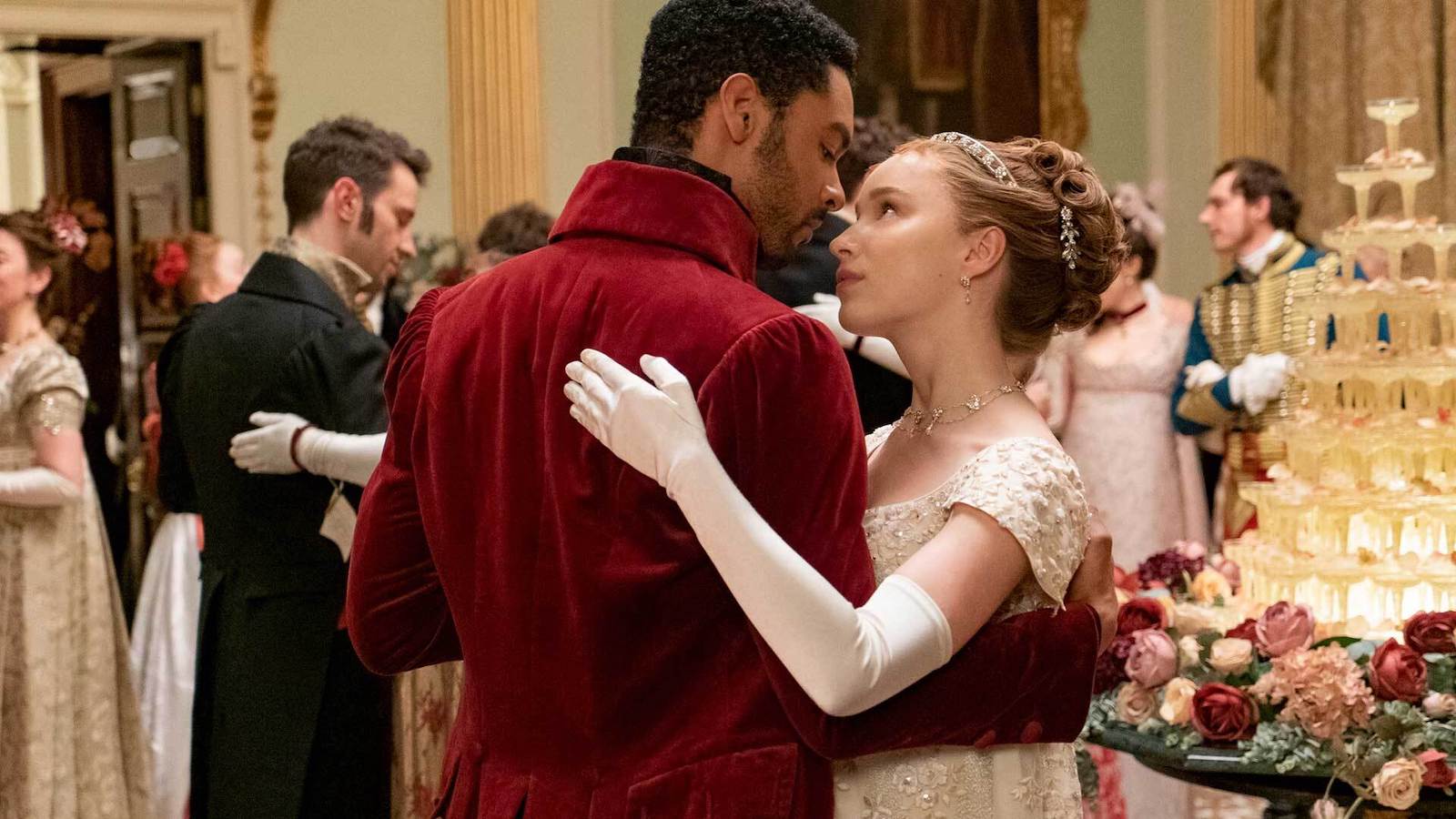The Dark Side of Period Dramas
March 28, 2022

Professor’s book examines depictions of sexual assault in popular TV series.
By Sala Levin ’10 | Maryland Today
Watching “Downton Abbey,” the PBS series about British aristocrats and those who served them, was a lot like ordering the house-made Twinkie at a posh restaurant: a taste of unsophisticated, sugary fun dressed up in chic surroundings.
But a season 4 episode jolted fans out of their sweet affection for the drama, with the violent rape of beloved housemaid Anna Bates. The brutal event left viewers angry that a show that “treats missing tuxedo shirts as a major crisis,” as one Twitter user put it, would visit such a cruel crime upon one of its female characters.
The “Downton” rape wasn’t singular, though: In “Rape in Period Drama Television: Consent, Myth, and Fantasy,” a new book out this month from Lexington Books, Julie Taddeo, research professor in the University of Maryland Department of History, explores how sexual assault has been depicted in a number of recent television shows, from “Outlander” to “Bridgerton” to “Poldark.”
Several years ago, Taddeo and her coauthor, Ulster University English lecturer Katherine Byrne, both dedicated fans of British historical shows, noticed a particular phenomenon. “Anything we watched had a rape narrative,” she said. Together, they began to examine how and why sexual assault had become such a routine plot device in their favorite genre, whether it was set in England, Germany or Australia.
Depicting sexual violence wasn’t entirely new to period dramas—the original BBC production of “Poldark,” in 1975, showed war hero Ross Poldark assaulting his former fiancée, Elizabeth, in a way that left many viewers wondering whether the incident might have been consensual. The 2015 version, Taddeo hoped, would correct the flaws of the original, but instead perpetuated a pernicious notion that a woman saying no “just has to be persuaded,” she said.
Of course, one reason sexual assault is so pervasive in these shows is that it was ever-present in the lives of real women. Marital rape was routine and legal, and courts were unlikely to convict any defendant of a sexual crime, in the rare event one made it to a courtroom—especially if the victim was anyone other than a wealthy white woman.
Centuries later, the “Me Too” movement was a watershed moment for how these series dealt with the topic, said Taddeo. Following allegations of sexual offenses against producer Harvey Weinstein, the creators of the time-travel historic romance/drama “Outlander”—so known for inflicting sexual violence upon characters that fans took to calling the show “Rapelander”—announced that they would reassess how they dealt with sexual assault. Indeed, Taddeo said, they next took a less graphic approach with assault: Instead of showing the crime, which took place in the backroom of an inn, the director focused on the amused reactions of the crowd that heard the woman’s cries, implicating them all with complicity.
Read the full story in Maryland Today.
Photo courtesy of Netflix.

